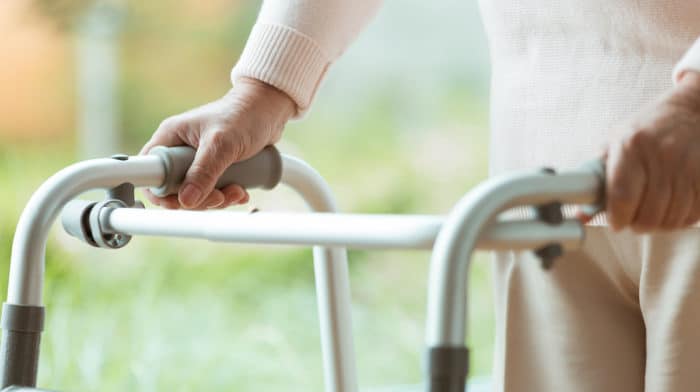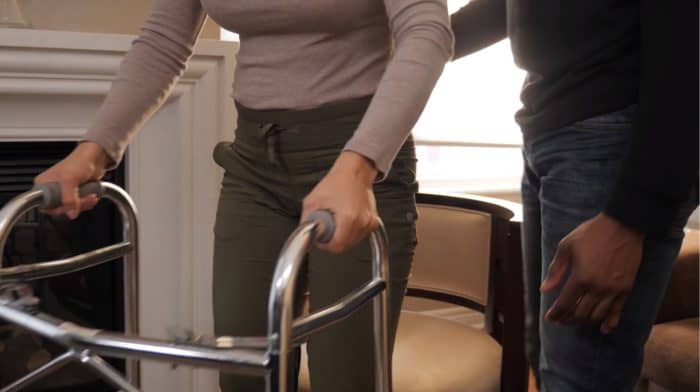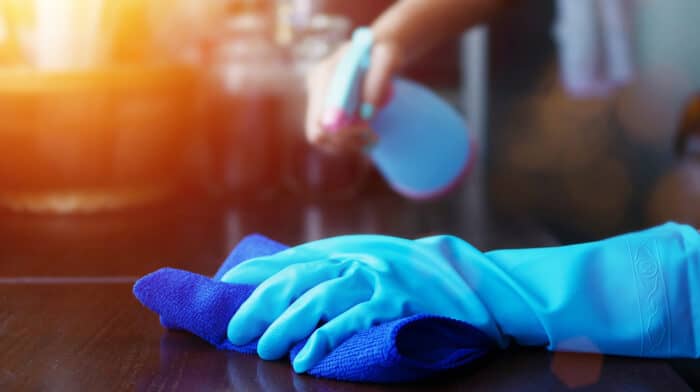Falls Prevention
It seems like common sense — everybody falls, no matter what age. However, for many older adults, an unexpected fall can result in a serious and costly injury. The good news is that most falls can be prevented. Aside from helping to prevent the people, we are caring for from getting injured, the statistics around slip and fall accidents are significant and growing each year. With Canada’s aging population, that number will surely grow. As the caregiver, you have the power to reduce your loved one’s risk of falling. Learn how to prevent slips and falls in the home with these simple tips.
Falls are the most common cause of injury in older adults. In fact, 1 in 3 seniors fall every year, resulting in over 100K Emergency visits to the hospital.
In this video, we’ll show you how to make your environment safer to prevent these falls from happening.
The 3 Most Common Types Of Falls Are:
- Slips and Trips
- Falls From Stairs
- Falls from Furniture
Let’s take them one by one:
To Minimize Slips & Trip, the bathroom is the most common place to slip.
Let’s take a look at how to make the bathroom safer.
Install non-slip decals no more than 2” apart on the bottom of tub. A less committed option is to removable non-slip mats.
Consider installing shower seats or if you can, building a seat into the shower.
Install grab bars near the toilets, tubs & showers. Ensure the grab bars are secure & do not move when used.
If necessary, consider the use of a raised toilet seat or a hand held shower.
Don’t use bath oils! Bath oils can make surfaces slippery so avoid them. If you’re worried about staying moisturized, stick with using lotions after your shower/bath.
Outside the home, the driveway can be just as prone to slips & trips .
In the fall, wet leaves can be tripping hazards. Ensure these are cleaned up.
In the winter, rock salt can help with grip as well as in melting any snow and ice.
If the weather is extreme, it’s best to have them stay inside.
To minimize falls on the stairs,
Ensure the home has handrails and consider installing non-slip tape on the steps for added support.
Nightlights can be an added comfort here as well.
Always ensure they are wearing non-slip footwear like, non-slip socks or even better – rubber sole slippers. Avoid flip flop style slippers as these can actually be a tripping hazard.
To minimize falls from furniture,
Ensure you clear any walkways of furniture or other items like cords.
Using chairs with armrests will provide extra support when getting up. Also, standing up too quickly can cause dizziness so be sure to take your time.
Remove scatter rugs, as they are tripping hazards.
Encourage the person you are caring for to use their assistive devices like their walker or cane.
If they have oxygen tubing, ensure the tubing is out of the way when walking.
Avoid having them wearing long skirts, long house coats or loose pants that may cause a trip.
Ensure all items the person you are caring for may need or use, are easily accessible so they don’t have to bend down or reach, which could lead to a possible fall.
As always, adding a nightlight to any space, will increase visibility and be additional support for the person you are caring for.
Proper falls prevention is literally life saving. We recommend using the tips in this video to help make your home fall-proof.
You can also reach out to an occupational therapist, who are provided through the Ministry of Health – in helping you in deciding which assistive devices are best suited for the both of you.
Please see our companion guide for how to do that.
As always, visit our CareChannel for more caregiver tips & support






